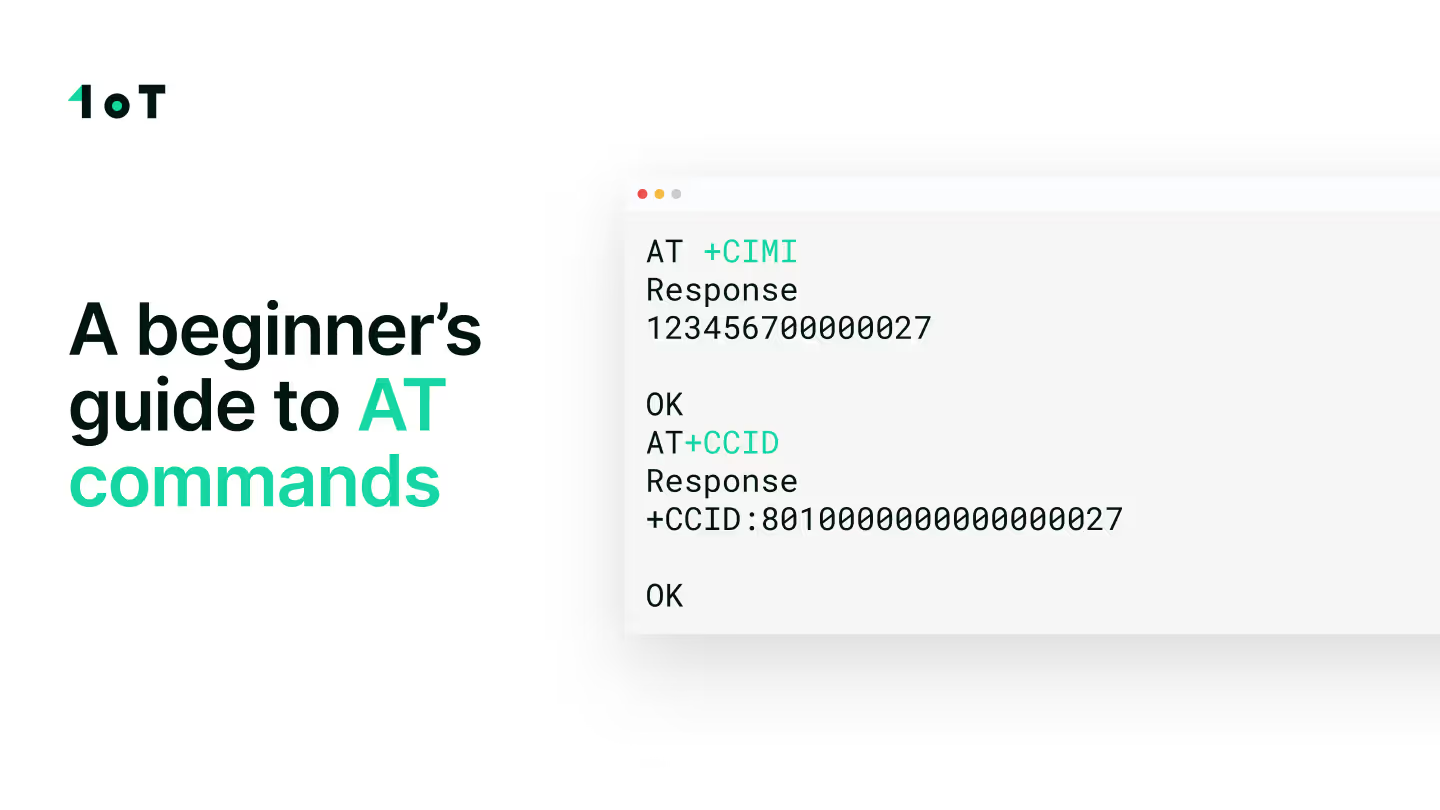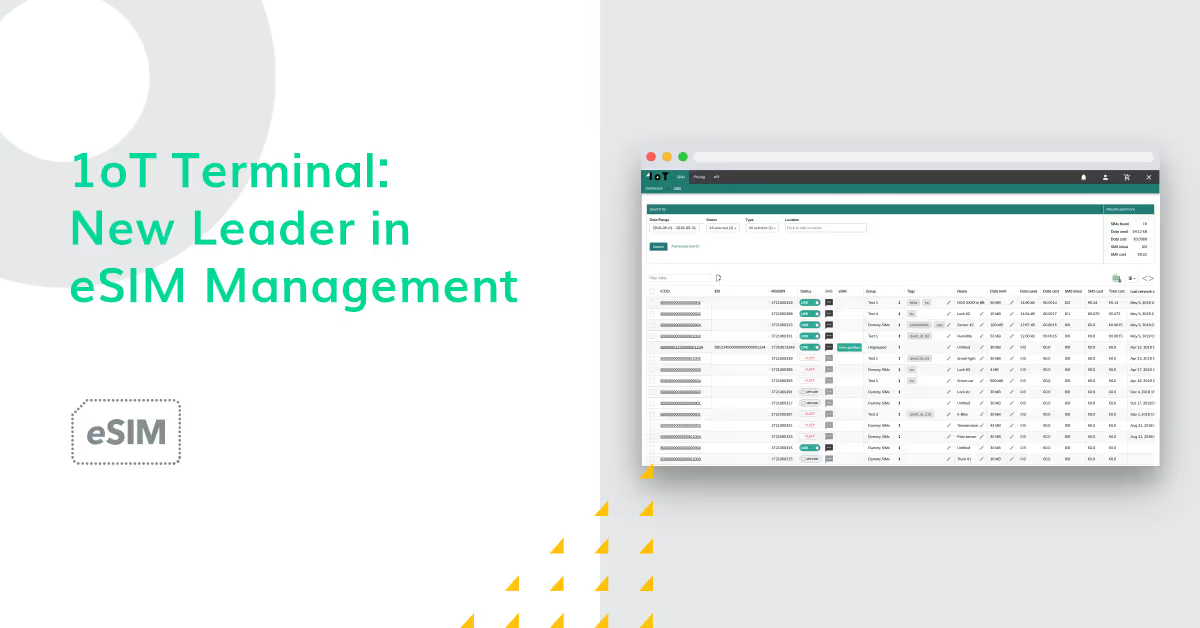A Guide to Understanding and Implementing Consumer eSIM Technology

eSIM technology represents a shift in consumers' expectations of telecoms and the type of service they would like to receive in the fast-evolving world.
The adoption of eSIM in the consumer market is driven by multiple factors.
One of the main catalysts was Apple with the release of iPhone 14, the first eSIM-only iPhone, in 2022. Initially available only in the US market, it marked a significant milestone. Today, over 200 different consumer devices support eSIM.
Another technological driver is the rapid increase of connected devices per user. Smartwatches, tablets, VR devices, and other wearables require constant connectivity but in a more streamlined and efficient manner. eSIM technology enables a single subscription to be shared across multiple devices, reducing the need for separate SIM cards and plans for each one.
A third important driver is changing customer expectations and sentiments. Everyone expects a convenient and streamlined experience from our essential service providers. In addition to flexibility, affordability, and personalization, people want their services to be digital-only with as little friction as possible.
As the demand for more flexible and efficient SIM provisioning services grows, mobile network operators (MNO) and mobile virtual network operators (MVNO) must understand the benefits and opportunities that consumer eSIM and SM-DP+ offer.
Why are consumers interested in eSIM technology?
I discussed customers' increasing expectations regarding service quality. Now, let's explore why eSIM technology is appealing to them and the advantages it offers.
Consumers are drawn to eSIM for several reasons:
- Flexibility: Consumers appreciate the ability to keep their original phone number. If the pricing or service quality falls short, switching between providers is straightforward.
- Convenience: Consumers won’t need to visit a physical store or wait for a traditional SIM card to arrive. They can instantly activate an eSIM when they need it. Plus, it’s a hassle to physically swap out SIM cards.
- Worldwide access: eSIM simplifies activating a new provider when traveling internationally. It provides travelers with quick internet access and allows them to use local deals instead of expensive roaming.
- Unified plan for multiple devices: eSIM allows users to share one subscription plan across various devices. This means they won't need separate SIM cards and subscriptions for each connected device.
- Environmental Benefits: The move away from physical SIM cards is an environmentally friendly step because it reduces waste and the need for plastic SIM cards.
The benefits of eSIM for MNOs and MVNOs
Nimble network operators can adapt to these technological and behavioral trends and capitalize on emerging technologies faster. Yet, telecoms can also enjoy many operational benefits from adopting eSIM:
- Cost reduction: eSIM technology eliminates the need for physical SIM cards, reducing manufacturing, distribution, and storage costs. It also reduces customer service expenses by simplifying SIM replacement.
- Operational efficiency: eSIMs streamline telecom operations by removing the logistical needs associated with physical SIM cards.
- Market expansion: eSIM benefits international travelers by allowing easy profile installation to avoid roaming charges, which creates new customer acquisition and retention opportunities.
- Service bundling: Operators can bundle services across multiple devices under one account to boost customer retention and revenue with eSIMs. A single eSIM can be used across various devices, such as smartphones, smartwatches, and tablets.
- Competitive advantage and future-proofing: Early adoption of eSIMs can position telecoms as innovation leaders, attracting tech-savvy customers and establishing industry standards in the home market.
- Environmental marketing: eSIMs reduce plastic waste, align with sustainability goals, and improve brand image among eco-conscious consumers.
Adopting consumer eSIM presents a unique opportunity for MNOs and MVNOs to differentiate their services, attract new customers, and drive revenue growth.
Understanding How Consumer eSIM Works
Consumer eSIM, also known as eUICC (embedded Universal Integrated Circuit Card), is a secure chip in a smart device that can hold multiple operator profiles.
These profiles can be activated and deactivated over the air by having the local profile assistant (LPA) and the SM-DP+ platform communicate with each other.
The SM-DP+ is in charge of handling and safeguarding eSIM profiles and ensuring only authorized entities can access them.
Similar to traditional SIM cards, each eSIM stores profile data like the device's phone number and network operator information.
SM-DP+ follows the remote SIM provisioning (RSP) capabilities specified by the GSMA's SGP.22 standards. It stores eSIM profiles for consumers to download to their smartphones.
Last, it is crucial for the SM-DP+ to seamlessly integrate with the telecom's existing systems for smooth operations and customer service. This integration includes back-end systems for operations and subscription management and front-end interfaces for user-friendly interactions with the telecom's apps.

Here's what happens when a consumer tries to download an eSIM profile.
- After initiating the profile download, the device requests information about the eSIM profile from the SM-DP+ server.
- The SM-DP+ server cross-references the eSIM activation code and validates the device's identity. Then, it authorizes the eSIM profile’s download so the device can receive it.
- Once the phone has downloaded and installed the profile, the user can connect to a network.
For the first point, there are multiple methods to initiate a profile download:
- Manual activation – a user manually types in the activation code
- QR code activation – after purchasing a subscription plan from a provider, the user receives a QR code (usually via email)
- In-app eSIM activation – in this case, the eSIM profile download is initiated with a click of a button in the provider's white-labeled mobile app. It can be adopted as part of the overall digital customer onboarding journey.
Getting Started with Consumer eSIM Integration
MNOs and MVNOs must take a strategic approach that encompasses technical and business considerations to get started with consumer eSIM integration. Here are critical steps to begin the journey towards eSIM adoption:
- Find a partner who has SM-DP+ and can create eSIM profiles.
- Integrate (RestAPI) SM-DP+ with existing IT and customer service systems to ensure smooth operations and customer experiences.
- Distribute profiles and select the primary activation method together with tailoring flexible subscriptions for various target customers.
- Attract customers by educating your current and potential customers about the benefits of consumer eSIM. Highlight the advantages of seamless connectivity, improved security, and more service choices.
Follow these steps so you can enter the consumer eSIM market and provide customers with a digital and seamless service.
Watch the demo of our consumer eSIM management platform.
In conclusion, consumer eSIM with SM-DP+ is revolutionizing mobile network services, providing users worldwide with enhanced flexibility, convenience, and connectivity. Embracing this technology can help MNOs and MVNOs redefine their services, improve customer experiences, and stay competitive in the digital world.
Contact us to navigate eSIM adoption and optimize your business for the era of seamless connectivity.















.avif)


















.avif)
































.avif)








































